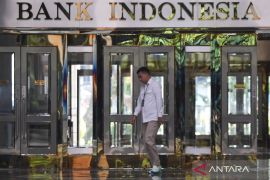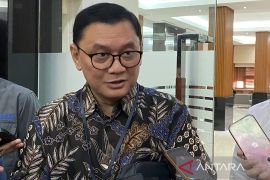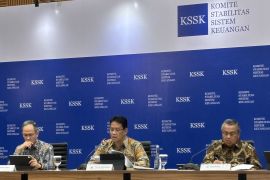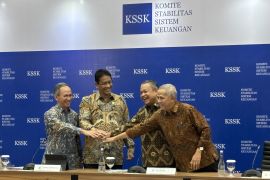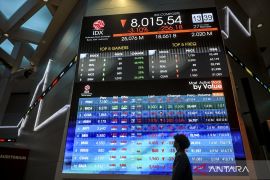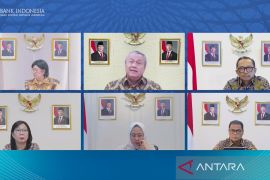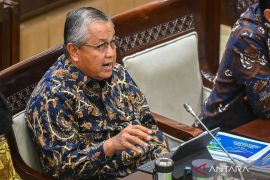"Indonesia`s external debt at the end of August 2018 amounted to US$360.7 billion, comprising government and central bank external debt of $181.3 billion, as well as the private sector, including state-owned enterprises, external debt of $179.4 billiJakarta (ANTARA News) - Indonesia`s external debt grew stably at the end of August 2018, as it was influenced by the increasing growth in private external debt amid slowing growth in government and central bank external debt.
"Indonesia`s external debt at the end of August 2018 amounted to US$360.7 billion, comprising government and central bank external debt of $181.3 billion, as well as the private sector, including state-owned enterprises, external debt of $179.4 billion," BI Communications Director Agusman noted in a statement received here on Saturday.
Indonesia`s external debt grew at 5.14 percent year-on-year (yoy), relatively stable as compared to previous month`s growth of 5.08 percent yoy.
Meanwhile, he noted that the government`s external debt grew at a slower pace in August 2018. The government`s external debt at the end of August 2018 amounted to $178.1 billion, or grew 4.07 percent yoy, slightly slower as compared to the previous month`s growth of 4.12 percent yoy.
The government`s external debt position recorded a monthly increase as compared to the previous month`s position due to net withdrawals of loans, particularly multilateral loans, as well as net purchases of domestic government securities (SBN) by foreign investors.
Loan withdrawals, among others, came from the Asian Development Bank to support programs carried out by the Coordinating Ministry for Economic Affairs and the Ministry of Finance.
On the other hand, in the reporting month, the government repaid a series of SBN denominated in Japanese Yen due on August 13, 2018. The government always ensures that all maturing external debt obligations can be paid in a timely manner and guarantees that no default will occur.
In addition, private external debt growth increased in August 2018.
The position of private external debt at the end of August 2018 was recorded at $179.4 billion, or grew 6.70 percent yoy, up from 6.49 percent yoy recorded in the previous period.
The private external debt is mainly incurred by the financial and insurance services sector, the manufacturing industry sector, the electricity, gas, steam/hot water (LGA) procurement sector, and the mining and quarrying sector.
The share of those four sectors` external debt to the total private external debt reached 72.5 percent, relatively stable as compared to the share in the previous period, he pointed out.
Furthermore, the development of Indonesian external debt remains manageable, with a healthy structure.
This is reflected in, among others, the ratio of Indonesia`s external debt to the gross domestic product at the end of August 2018, which is stable at 34 percent.
The ratio is still better than the peers` average. Based on original maturity, Indonesia`s external debt structure continued to be dominated by long-term external debt, with a share of 86.8 percent of the total external debt.
BI and the government continue to coordinate to monitor the development of external debt from time to time to optimize the role of external debt in supporting development financing, without creating risks that can affect economic stability, he remarked.
Editing by Otniel
Reporter: Azis Kurmala
Editor: Fardah Assegaf
Copyright © ANTARA 2018

